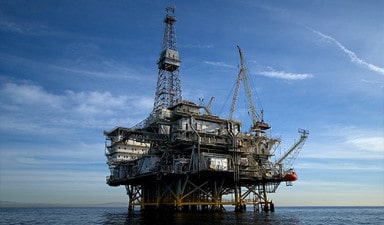You’re reading a free article with opinions that may differ from The Motley Fool’s Premium Investing Services. Become a Motley Fool member today to get instant access to our top analyst recommendations, in-depth research, investing resources, and more. Learn More.
RISK WARNING: should you invest, the value of your investment may rise or fall and your capital is at risk. Before investing, your individual circumstances should be assessed. Consider taking independent financial advice. The Motley Fool believes in building wealth through long-term investing and so we do not promote or encourage high-risk activities including day trading, CFDs, spread betting, cryptocurrencies, and forex. Where we promote an affiliate partner’s brokerage products, these are focused on the trading of readily releasable securities.
An oil company like BP (LSE: BP) (NYSE: BP.US) is usually expected to find at least as much oil over time as it produces and sells. If it fails to at least replace the oil it’s extracting then its reserves will dwindle, which obviously threatens its business, and more pertinently those lovely dividend payouts that tend to attract investors.
The figure that captures this in the company’s annual reports is known as the ‘replacement ratio’. A number below 100% tells you that reserves shrank. A figure over 100% means the company added more to reserves than it used up in production. Here, Owain Bennallack explains how BP is keeping investors happy despite the Deepwater Horizon fallout continuing to hang over the company.
https://youtu.be/-TJkg-mUlCI
